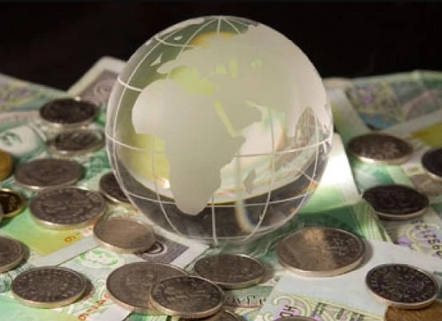

On October 1st, Shigeru Ishiba was officially sworn in as Japan’s new Prime Minister.
However, even before his new policies could take shape, Japan’s stock market reacted negatively.
Just a day before his inauguration, the Nikkei Index plunged by a staggering 4.8%!
So, what’s going on?
There are two main reasons behind investors’ anxiety.
First, Ishiba proposed the formation of an "Asian NATO" and called for stronger regional dialogue concerning the US nuclear defense strategy.
This sparked fears that geopolitical tensions in Asia might escalate, making market players nervous about the potential risks in the region.
Second, Ishiba is pushing the Bank of Japan to raise interest rates.
He argued that the persistently undervalued yen—currently hovering around 149 yen per USD—is eroding household purchasing power.
If the BOJ actually hikes interest rates sooner than expected, it could trigger a global unwinding of carry trades.
For years, the yen has been the go-to currency for carry trades due to its ultra-low or even negative interest rates.
But when rates rise, this strategy can fall apart, potentially disrupting global financial stability.
While Japan grapples with this situation, China also made a major announcement.
The Chinese government revealed plans to issue RMB 2 tn (USD 284 bn) in sovereign debt over the next two months as part of a new fiscal stimulus package.
The aim? To revitalize its slowing economy.
Approximately half of the funds—about RMB 1 tn (USD 142 bn)—will be allocated to boost domestic consumption, while the other half will be used to support local governments struggling with debt issues.
This isn’t entirely new, as the PBoC has already introduced several supportive measures for the capital markets, economy, and real estate sector in recent months.
However, while these measures may be good news for Chinese markets, neighboring countries should be on guard.
In the short to medium term, China’s stimulus could lead to capital outflows from other Asian markets, including Indonesia.
Smaller financial markets like Indonesia might face challenges in attracting new investments, as this situation could increase investment costs and add uncertainty.
Since the PBoC announced its stimulus package on September 24th, foreign outflows from Indonesia’s equity market have already hit IDR 10.2 tn—about IDR 1.3 tn per day.
A significant figure, isn’t it?
These outflows could continue, especially in stocks with high foreign ownership, such as the top 20 largest-cap stocks in Indonesia.
As foreign funds continue to flow out, the prices of these stocks face downward pressure, creating both opportunities and challenges for investors.
So, what’s the strategy here?
Right now, it’s best to focus on stocks with low to medium foreign ownership, as these tend to remain more stable amidst large foreign outflows.
Some examples include HMSP, MYOR, EXCL, ISAT, TPMA, BRPT, PTRO, BFIN, ASSA, TOWR, SIDO, MTDL, DRMA, CNMA, and RAJA.
If you still want to target stocks with high foreign ownership, it’s wise to wait until the selling pressure eases before considering any buying.
For now, opt for safer stocks that are less likely to be affected by foreign selling.
In a market filled with uncertainties, the key is to stay calm and be prudent with your investment strategy.
Despite the turbulence, opportunities will always present themselves to those who are patient and diligent in assessing the situation.

Comments